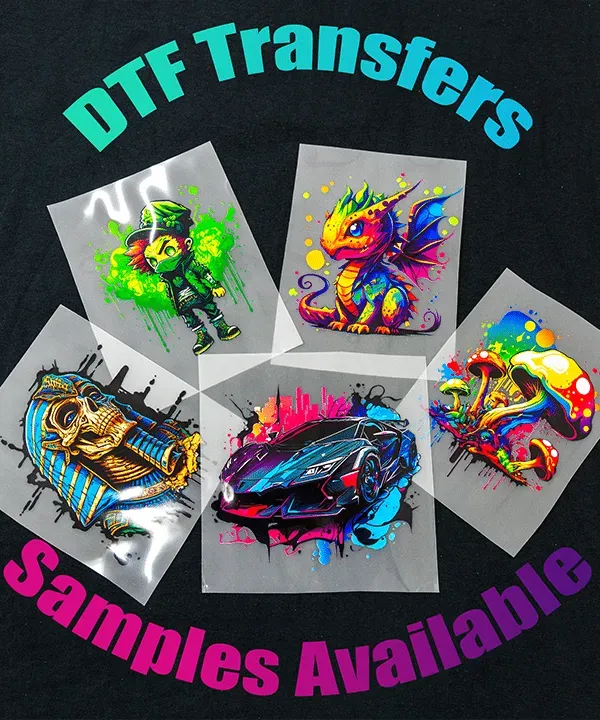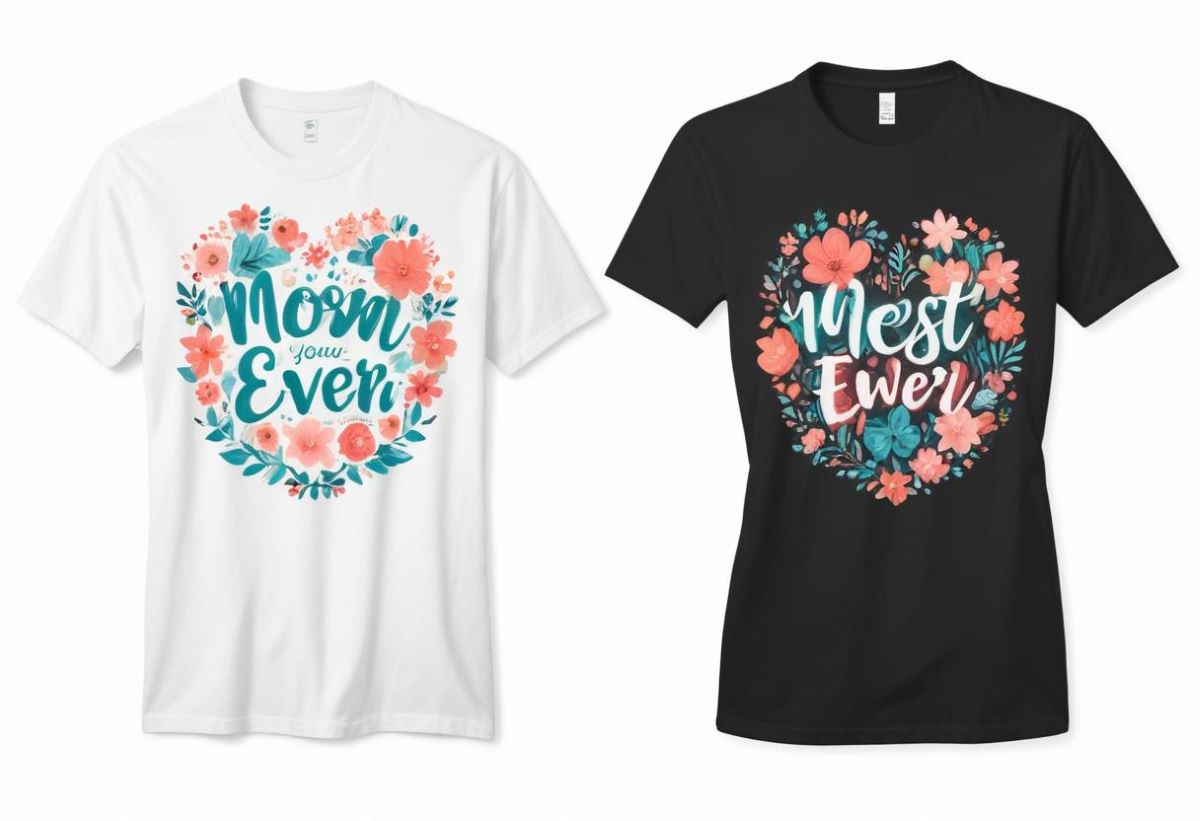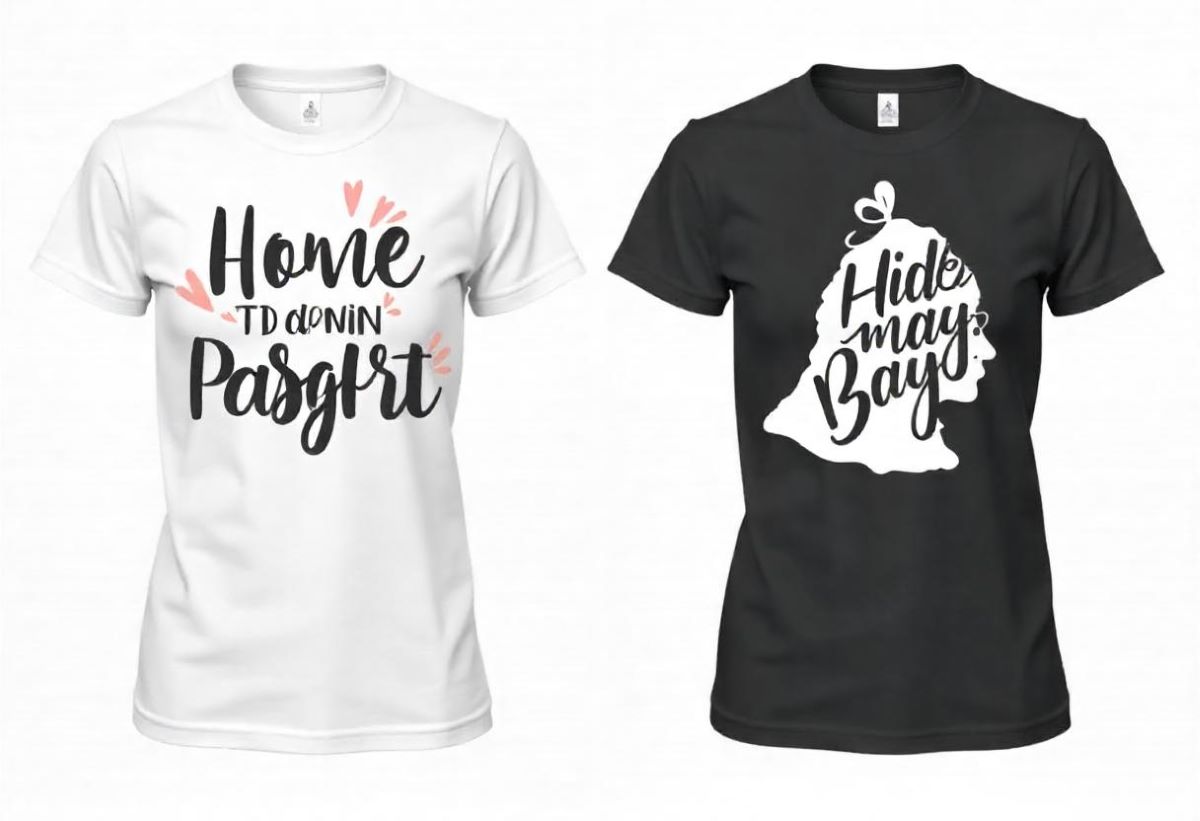Designing Graphics for DTF Transfers is an exciting venture for graphic designers looking to blend artistry with technology. DTF printing has transformed the realm of textile design, allowing intricate patterns and vibrant colors to be transferred onto fabrics with exceptional quality. As you learn how to create DTF graphics, understanding essential techniques and methods becomes crucial to achieving stunning results. This article explores the best software for DTF printing and highlights invaluable DTF transfer tips that will elevate your designs. Whether you’re a beginner or a seasoned pro, mastering the art of DTF printing design can significantly enhance your creative portfolio.
Delving into the realm of fabric printing, the process of creating designs specifically for Direct-to-Film transfers has gained prominence among designers. This innovative printing method offers unique advantages, including the ability to produce detailed and colorful graphics on various materials. Exploring the nuances of transferring images from film to fabric opens a world of possibilities for textile art and apparel design. With a focus on fundamental design principles, software recommendations, and expert tips, this guide aims to facilitate your journey through the intricacies of graphic design tailored for DTF technology. Embrace the challenge of mastering this cutting-edge technique while enriching your artistic skills.
The Fundamentals of Designing Graphics for DTF Transfers
Creating effective graphics for Direct-to-Film (DTF) transfers begins with a solid understanding of the printing process. DTF printing is a revolutionary technique that allows for high-definition imagery to be printed onto film then transferred to fabric using heat and pressure. Designers must first ensure that their concepts translate well into this medium. Factors such as the choice of colors, the resolution of the images, and the compatible file formats play crucial roles in this initial phase. For instance, leveraging a CMYK color profile effectively can help maintain color fidelity, ensuring the output reflects the intended design accurately.
Moreover, understanding the properties of various fabrics and inks used in DTF printing will lead to better decision-making in design. The goal is to create a seamless transition from digital to physical, and this requires thoughtful planning in terms of how the graphic will interact with different materials. This step is vital not only for aesthetic appeal but also for durability, as DTF transfers are known for their resistance to fading even after repeated washes.
Key Design Principles for DTF Transfers
When diving into graphic design for DTF, several key principles should guide the creative process. Firstly, resolution is a pivotal aspect; images should ideally be created at a minimum of 300 DPI to ensure clarity and detail in the final product. This high resolution is essential for capturing the intricate details inherent in various designs, making them stand out when printed on fabric. If designers overlook this crucial element, the outcome can result in pixelated graphics, diminishing the overall quality of the transfer.
Additionally, the complexity of designs is a crucial consideration in DTF printing. While bold and intricate designs can be visually appealing, simplicity often leads to more favorable results. Overly complex graphics can lose detail when subjected to heat and pressure, causing critical components of the design to blur or fade. Therefore, a strategic approach to design complexity—starting with a strong, simple concept and gradually adding details—can yield superior results in terms of transfer quality.
Choosing the Right Software for DTF Printing
Selecting the best graphic design software for DTF printing is essential to achieving professional results. Applications like Adobe Illustrator and CorelDRAW are favored by many in the graphic design community for their comprehensive tools that cater specifically to needs within DTF processes. These programs enable designers to create and manipulate graphics seamlessly, facilitating an efficient workflow as they prepare their artwork for printing. Tutorials and online resources can assist users in mastering these programs, maximizing their capabilities for DTF printing.
In addition to robust graphic design applications, there exist specialized software tools designed to optimize the DTF printing process. Such software often includes features tailored to enhance color management and rendering fidelity, ensuring that the graphics output matches the designer’s creative vision. Emphasizing the importance of utilizing the latest software innovations not only helps in producing captivating designs but also keeps designers competitive within the rapidly evolving market.
The Importance of Color Accuracy in DTF Graphics
Color plays a vital role in the effectiveness of graphics designed for DTF transfers. Since DTF printing utilizes specific color profiles, notably CMYK, understanding color management is crucial for creating designs that truly resonate once printed. Designers must experiment with color settings within their software to grasp the nuances of the DTF process, ensuring that the colors printed on fabric match the intended designs as closely as possible. Failing to consider color accuracy can lead to disappointing results, with colors appearing muted or significantly different than anticipated.
Another factor influencing color fidelity is the choice of inks used in the DTF process. Eco-friendly inks have evolved to meet the demand for sustainability while maintaining vibrant color output. Selecting appropriate inks not only enhances design quality but aligns with consumers’ increasing preference for environmentally conscious products. Consequently, exploring various ink options can greatly influence the final presentation of the graphics and their reception by the target audience.
Recent Trends and Innovations in DTF Graphic Design
The landscape of DTF graphic design is continuously evolving, influenced by advancements in technology and consumer preferences. One significant trend is the shift towards utilizing eco-friendly materials and inks, which reflects a growing awareness of sustainability within the textile printing industry. Designers embracing this movement can connect with a demographic that values environmental responsibility, thus enhancing their brand’s appeal while still executing their creative visions.
In tandem with advancements in materials, software innovation has enhanced the capabilities available to graphics designers. New features in graphic design applications allow for the seamless integration of lighter, more sustainable design practices that do not compromise on quality or vibrancy. By staying updated with the latest design and printing technologies, graphic designers can not only improve their skill set but also ensure their artwork meets the demands of the modern marketplace.
Frequently Asked Questions
What are the key factors to consider when designing graphics for DTF transfers?
When designing graphics for DTF transfers, key factors include color fidelity, resolution, compatible file formats, and design complexity. Using a CMYK color model helps achieve accurate prints, while maintaining a resolution of at least 300 DPI ensures sharp images. File formats like PNG, TIFF, or PDF are recommended for quality retention, and balancing detail with simplicity can enhance the final transfer.
How can I ensure color accuracy in my DTF printing design?
To ensure color accuracy in your DTF printing design, utilize the CMYK color profile as it closely matches the inks used in DTF printing. Experimenting with color combinations is advisable, alongside conducting test prints to verify that the printed output reflects your digital design as intended.
What is the best software for graphic design for DTF?
Some of the best software for graphic design for DTF includes Adobe Illustrator and CorelDRAW. These platforms provide powerful design tools that cater specifically to DTF printing needs, allowing designers to create high-quality, professional-grade graphics that are optimized for transfers.
What tips should I follow for creating DTF graphics?
When creating DTF graphics, focus on high-resolution images (300 DPI minimum), save your designs in suitable formats like PNG or TIFF, and aim for simplicity in your designs. This ensures that essential details are not lost during the transfer process while also maintaining a vibrant finish.
Are there any current trends impacting the design of graphics for DTF transfers?
Yes, current trends in DTF graphic design include advancements in graphic design software that make design creation easier, as well as the use of eco-friendly inks that appeal to environmentally-conscious consumers. Integrating sustainable practices into graphic design for DTF is becoming increasingly important.
Where can I find tutorials on how to create DTF graphics?
Many online resources offer tutorials on how to create DTF graphics. Websites like the Printful Blog provide comprehensive guides, while platforms like YouTube feature numerous channels dedicated to DTF techniques and step-by-step design processes. Engaging with these resources can help enhance your skills in DTF graphic design.
| Key Point | Details |
|---|---|
| Introduction | DTF transfers allow graphic designers to create intricate designs with precision and versatility. |
| What is DTF Printing? | A process that prints designs onto film and then transfers to fabric using heat and pressure. |
| Key Design Considerations | Factors like color fidelity, resolution, file format, and design complexity are crucial. |
| Recent Trends | Advancements in software and the use of eco-friendly inks are influencing DTF graphic design. |
| Tutorials and Resources | Online resources, blogs, and community forums are available for learning DTF design. |
| Conclusion | Ongoing education and community engagement are essential for success in DTF transfers. |
Summary
Designing Graphics for DTF Transfers is an essential aspect of modern textile printing, especially as the demand for high-quality prints continues to rise. This method offers unparalleled versatility, allowing designers to transform their creative concepts into vivid, durable prints. By understanding the intricacies involved—from selecting the right file formats to maintaining color fidelity and resolution—designers can elevate their work to new heights. Staying informed about recent trends, such as eco-friendly practices and the latest software advancements, is crucial for thriving in this dynamic field. Ultimately, embracing continuous learning and engaging with the graphic design community will significantly enhance both the creative process and the quality of the final DTF transfers.



